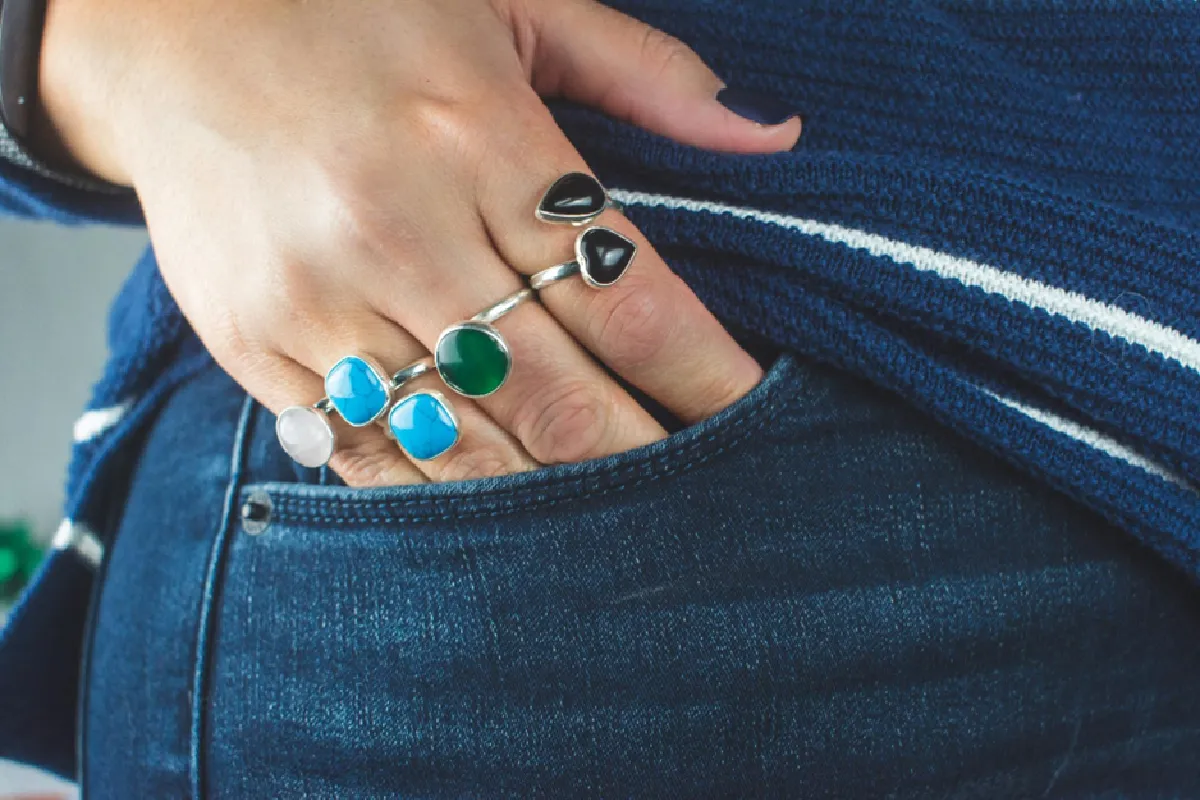The allure of fine jewelry is timeless, captivating hearts with shimmer and shine. But behind the glittering facades of our cherished adornments lie ethical considerations that warrant a closer look. From the sourcing of precious stones to the environmental impact of their extraction, the journey of a piece of jewelry from earth to display case is fraught with moral dilemmas. This exploration delves into these considerations, inviting you on a quest for conscious consumerism in the world of fine jewelry.
The Source of the Sparkle
Gems and precious metals, the cornerstones of fine jewelry, are often mined under conditions that raise serious ethical concerns. Practices such as child labor, exploitation of workers, and environmental degradation are, unfortunately, not uncommon in the mining sectors. Understanding the origins of these materials is the first step toward making an ethical jewelry purchase.
Finding Perfect Pieces
For those interested in personalizing their fine jewelry with a modern urban twist, exploring options such as gold chains, provides an opportunity to blend contemporary style with traditional fine jewelry standards. Such pieces can offer a unique addition to any collection while still adhering to ethical considerations.
Environmental Impact
The extraction of minerals and gems doesn’t just have a human cost; the environmental toll is significant as well. Mining operations can lead to deforestation, soil erosion, and pollution of water sources. The process of unearthing these treasures of the earth requires energy, contributing to carbon emissions and exacerbating climate change.
Conflict Diamonds and Blood Gems
Some jewelry’s dark origins trace back to conflict zones, where the sale of diamonds and other gems funds armed conflict and human rights abuses. Dubbed ‘blood diamonds,’ these stones are mined in war-torn areas, with profits supporting ongoing violence. The ethical implications of purchasing such gems are profound, compelling consumers to question the true cost of luxury.
Transparent Supply Chains
To support ethical consumption, transparency in the jewelry supply chain is vital. Brands that disclose their sourcing practices empower consumers to make informed choices, ensuring that their purchases align with their ethical standards. This transparency fosters accountability, driving positive change within the industry.
Consumer Responsibility
As consumers, our purchasing decisions have power. By prioritizing ethical considerations in our jewelry selections, we champion human rights and environmental stewardship. It’s about asking the right questions, seeking out responsible brands, and being willing to invest in pieces that not only sparkle but also uphold our shared values.
Sustainable and Ethical Alternatives
In response to these ethical challenges, the jewelry industry has seen a burgeoning interest in sustainable and ethical alternatives. Lab-created diamonds and gems offer a conflict-free and environmentally friendly option, mimicking the beauty of natural stones without the same moral baggage. Similarly, recycled metals reduce the demand for newly mined resources, lessening the environmental impact of jewelry production.
Engaging with Artisans and Local Jewelers
Supporting artisan and local jewelers is another avenue for ethical jewelry consumption. Often, these smaller-scale producers have closer ties to their sourcing and a greater commitment to sustainable practices. By choosing to purchase from artisans and local craftsmen, consumers can help nurture local economies and promote ethically produced jewelry.
The Role of Certifications
Certification programs like the Responsible Jewellery Council and Fairmined offer a way for consumers to identify jewelry that meets high ethical and environmental standards. These certifications ensure that the jewelry is sourced from operations that prioritize the welfare of workers and the ecosystem, providing a clear signal to consumers about the integrity of their purchases.
The Impact of Technology
Advancements in technology also play a crucial role in promoting ethical practices in the jewelry industry. From blockchain for ensuring the traceability of gems to innovations in recycling old jewelry, technology offers new ways to reduce the industry’s footprint and increase transparency. Embracing these technological solutions can lead to a more sustainable and ethical jewelry future.
Conclusion
The journey towards ethical fine jewelry is complex, fraught with challenges but also rich with opportunities for positive impact. By embracing our role as conscientious consumers, we can contribute to a shift within the industry, encouraging practices that are as beautiful in their ethics as they are in their aesthetics. The next time you find yourself dazzled by the sparkle of fine jewelry, remember the power you hold in making ethically informed choices. Together, we can pave the way for a more sustainable and just jewelry industry.


